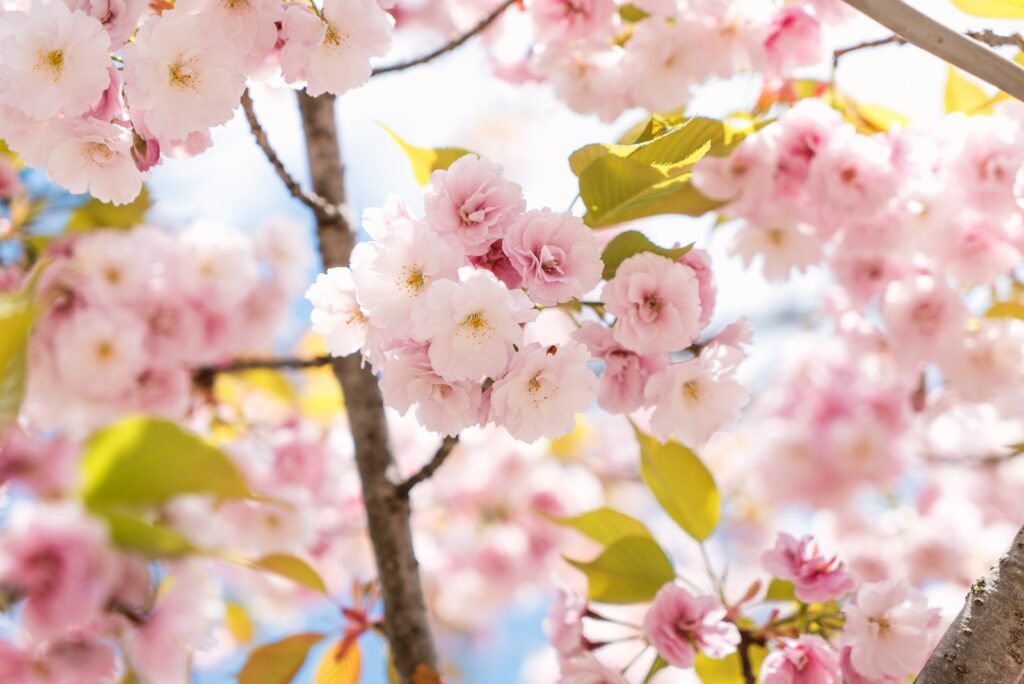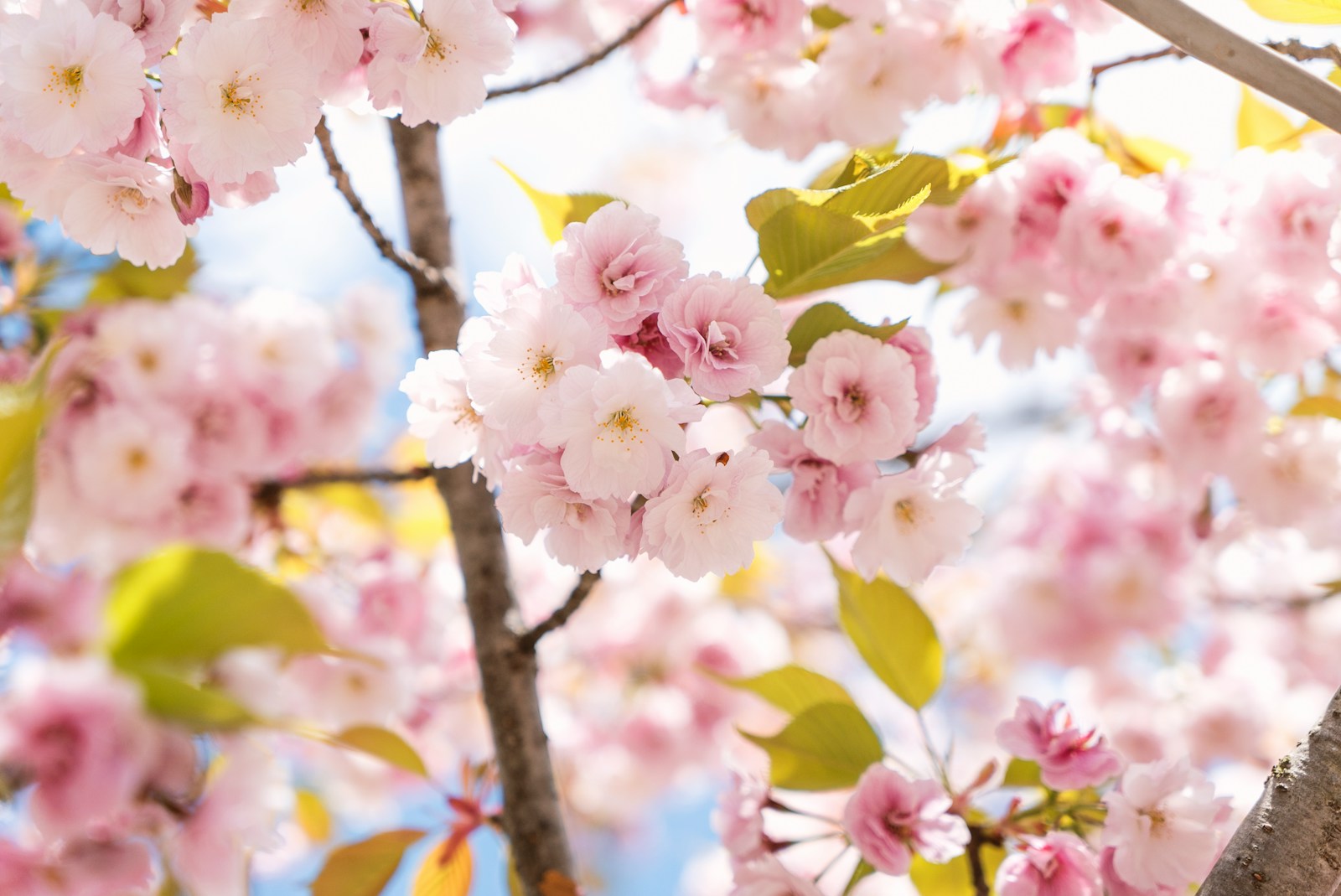Find The Best Kyoto Cherry Blossom Spots
Cherry blossoms, or sakura, hold a special place in Japanese culture, symbolizing the fleeting beauty of life. Each spring, Kyoto transforms into a picturesque landscape as cherry blossoms bloom, attracting thousands of visitors. While popular spots like Maruyama Park and the Philosopher’s Path are well-known for their stunning displays, they often become overcrowded, detracting from the serene beauty of the experience. This has motivated me to seek out lesser-known Kyoto cherry blossom spots in Kyoto proper and prefecture, where one can enjoy the blossoms in tranquility and connect more deeply with nature.

Table of Contents
The Magic of Cherry Blossoms
Historical Significance
Cherry blossoms have been cherished in Japan for centuries, deeply embedded in the nation’s cultural and historical fabric. The sakura symbolizes renewal and the transient nature of life, as the blossoms peak for only a brief period each year. This fleeting beauty is celebrated through poetry, art, and festivals, making cherry blossoms a profound cultural emblem.
The tradition of hanami, or flower viewing, dates back to the Nara period (710-794) and became popular during the Heian period (794-1185). Hanami involves gathering under blooming cherry trees with family and friends to appreciate the beauty of the flowers. This practice remains a cherished cultural event, reflecting the Japanese appreciation for nature’s transient beauty.
Natural Beauty
The aesthetic appeal of cherry blossoms is undeniable. The delicate pink and white petals create a magical atmosphere, transforming landscapes into dreamlike scenes. The sight of cherry blossoms gently falling like snow is both mesmerizing and poignant, enhancing the visual impact of the season.
The seasonal change that cherry blossoms signify is profound. As winter gives way to spring, the blooming of sakura marks a period of renewal and hope. This seasonal transition is celebrated across Japan, with each region showcasing its unique cherry blossom spots. In Kyoto, the blend of historic temples and natural beauty offers a particularly enchanting backdrop for the blossoms.
Hidden Cherry Blossom Spots in Kyoto
Haradani-en Garden
Haradani-en Garden is a hidden gem, offering a peaceful retreat from the crowded cherry blossom spots. Tucked away in the northern part of Kyoto, this private garden boasts a wide variety of cherry trees, creating a stunning mosaic of colors during the peak bloom. The garden’s layout, with its winding paths and serene ponds, provides a tranquil setting for hanami.
Key features of Haradani-en include its diverse collection of sakura species and the thoughtful landscaping that enhances the natural beauty of the blossoms. The garden also offers beautiful views of Kyoto, making it a perfect spot for photography and quiet reflection.
Keage Incline
The Keage Incline, a historic railway slope, offers a unique and less crowded cherry blossom viewing experience. This scenic spot, once used to transport boats between canals, is now lined with cherry trees, creating a beautiful tunnel of blossoms. The historical significance of the incline adds to its charm, providing a picturesque blend of nature and history.
Blooming beauties along the Keage Incline are particularly striking, with the rows of cherry trees creating a canopy of pink and white. The gentle slope and the remnants of the old railway tracks enhance the visual appeal, making it a favorite among those seeking a quieter hanami spot.
Lesser-Known Parks and Gardens
Oharano Shrine
Oharano Shrine, located in the western outskirts of Kyoto, is a serene and historic site known for its beautiful cherry blossoms. The shrine’s tranquil setting and its cultural significance make it a perfect spot for those looking to enjoy the sakura away from the crowds. Visiting during cherry blossom season offers a unique opportunity to experience the spiritual ambiance of the shrine amidst the blooming flowers.
The cherry blossom experience at Oharano Shrine is both peaceful and visually stunning. The combination of ancient architecture and vibrant blossoms creates a harmonious and reflective environment. The shrine grounds are meticulously maintained, ensuring a delightful visit during the sakura season.
Jonangu Shrine
Jonangu Shrine, situated in the southern part of Kyoto, features exquisite gardens that come alive with cherry blossoms in spring. Known for its five different gardens, each representing a different historical period, Jonangu offers a diverse and rich cherry blossom viewing experience. The seasonal highlights, including the weeping cherry trees, are a visual treat.
The shrine’s gardens are designed to showcase the beauty of each season, with spring being particularly spectacular due to the cherry blossoms. The variety of sakura species and the artistic garden layout make Jonangu Shrine a must-visit for cherry blossom enthusiasts.
Riverside Cherry Blossom Viewing
Yodo Riverside Park
Yodo Riverside Park is an excellent spot for a relaxed and scenic cherry blossom viewing experience. The park stretches along the Yodo River, offering extensive cherry tree-lined paths ideal for a leisurely stroll or a picnic under the blossoms. The park’s expansive layout ensures that visitors can find a quiet spot to enjoy the beauty of the sakura.
The best spots along the river for cherry blossom viewing are marked by clusters of mature cherry trees that create a picturesque canopy. The gentle flow of the river and the wide-open spaces enhance the peaceful atmosphere, making Yodo Riverside Park a delightful escape from the city’s hustle and bustle.
Takase River
The Takase River, with its narrow, tree-lined banks, offers a charming and intimate setting for cherry blossom viewing. This lesser-known spot is perfect for those who prefer a quieter and more reflective hanami experience. The scenic walks along the river are particularly beautiful during the sakura season, with petals floating on the water adding to the serene ambiance.
Hidden spots along the Takase River provide unique vantage points for viewing the blossoms. These secluded areas are ideal for photographers and those looking to immerse themselves in the natural beauty without the distractions of larger crowds.
Cherry Blossoms in Temple Grounds
Daigo-ji Temple
Daigo-ji Temple, a UNESCO World Heritage site, is renowned for its historical significance and its spectacular cherry blossoms. The temple grounds are vast, featuring ancient structures and beautiful gardens that come alive with sakura in spring. The combination of history and natural beauty makes Daigo-ji a unique spot for cherry blossom viewing.
The cherry blossom experience at Daigo-ji is enhanced by the temple’s serene environment and the cultural richness of the site. The vibrant blossoms set against the backdrop of historic buildings create a striking visual contrast, making it a must-visit during the sakura season.
Ninnaji Temple
Ninnaji Temple, another UNESCO World Heritage site, offers a unique cherry blossom experience with its famous Omuro cherry trees. These trees bloom later than other varieties, extending the cherry blossom season and providing a second wave of blossoms. The temple’s historical significance and beautiful grounds make it a prime spot for hanami.
The seasonal beauty of Ninnaji’s cherry blossoms is truly enchanting. The Omuro cherry trees, with their low branches and dense clusters of flowers, create a breathtaking display. Visitors can enjoy leisurely walks through the temple grounds, taking in the serene beauty of the sakura and the rich history of the site.
Personal Reflections on Cherry Blossom Viewing
Memorable Experiences
My personal experiences with cherry blossom viewing in Kyoto have been filled with moments of awe and reflection. One of the most memorable was a visit to Haradani-en Garden, where the diverse sakura species and the tranquil setting provided a deeply moving experience. Another highlight was exploring the Keage Incline, where the historical backdrop and the blooming cherry trees created a unique and unforgettable atmosphere.
Lessons learned from these experiences include the importance of timing and exploration. Visiting lesser-known spots often requires a bit more planning but is rewarded with a more intimate and peaceful hanami experience. The joy of discovering hidden gems and the beauty of the blossoms make the effort worthwhile.
Inspiring Exploration
Encouraging readers to discover new cherry blossom spots in Kyoto, I recommend venturing beyond the popular locations to find quieter and more serene settings. Exploring different areas and being open to less-traveled paths can lead to delightful discoveries and a deeper appreciation of Kyoto’s natural beauty.
Final thoughts emphasize the significance of exploring beyond the crowds to truly connect with the essence of cherry blossom season. The tranquility and beauty of these hidden spots provide a richer and more meaningful hanami experience, fostering a deeper connection with nature and the cultural heritage of Kyoto.
Kyoto Cherry Blossom Spots Conclusion
Kyoto’s lesser-known cherry blossom spots offer unique qualities that enhance the overall hanami experience. From the tranquil gardens of Haradani-en to the scenic paths along the Takase River, these hidden gems provide a more intimate and reflective way to enjoy the beauty of sakura. I encourage visitors to explore these spots for a deeper and more serene connection with Kyoto’s cherry blossom season. Sharing your own discoveries and experiences can further enrich the appreciation of these beautiful and culturally significant sites.

